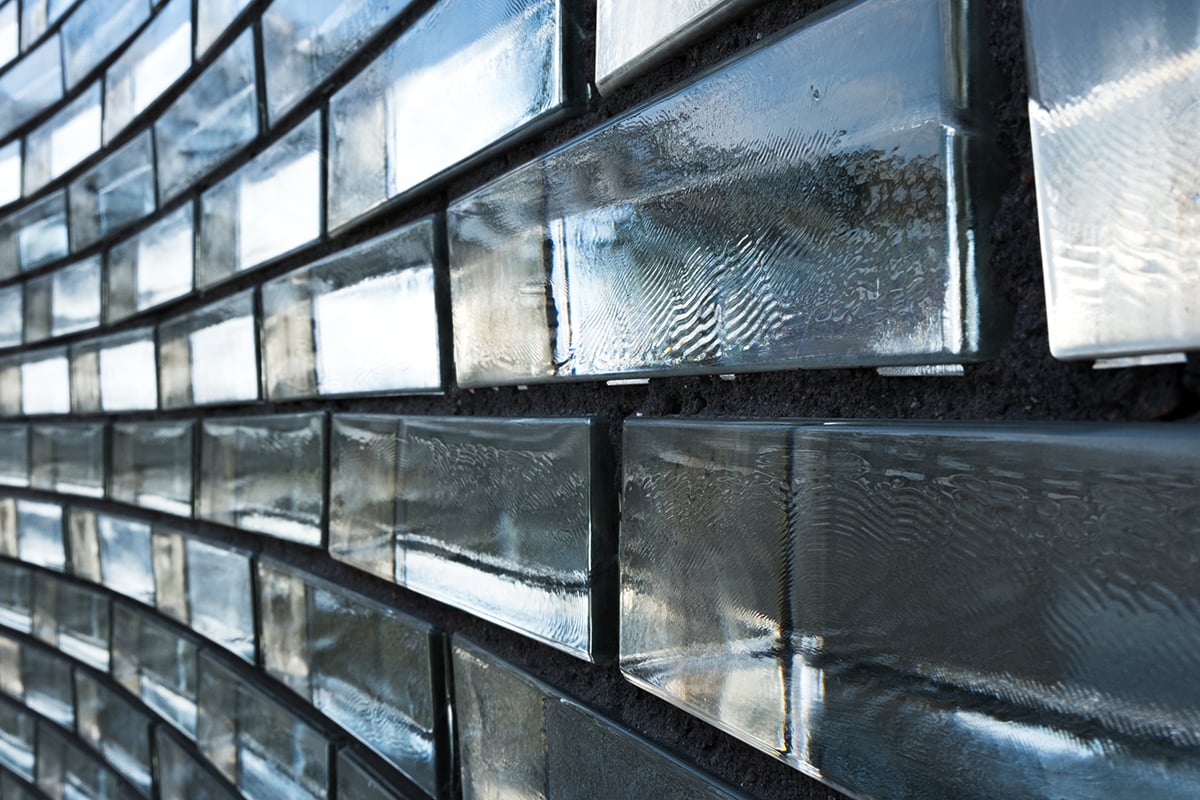In a significant leap forward for eco-friendly construction, researchers at MIT have pioneered a new type of 3D-printed brick made entirely from glass. This innovative approach could potentially replace traditional concrete, presenting a more environmentally responsible option for building projects worldwide.
While glass is generally regarded as too delicate for structural use, MIT’s new 3D-printed glass bricks defy that perception by demonstrating strength on par with concrete blocks. Built using an additive process, the bricks are constructed layer by layer, boosting their durability. Laboratory tests have confirmed that these bricks can withstand the same pressure as their concrete counterparts. Their distinct figure-eight design allows the bricks to interlock, similar to how LEGO pieces fit together. This feature offers the unique advantage of creating curved structures, which is typically a challenge with conventional materials.
Sustainability lies at the core of this breakthrough. The glass bricks are fabricated from recycled glass bottles, which are crushed, melted, and then 3D-printed into brick form, layer by layer. This method not only cuts down the need for virgin materials but also ensures the bricks themselves can be recycled. Interlocking connectors, made from another material, are easily removable, allowing the bricks to be reassembled, melted, and reused for future projects. This circular model of construction aligns with the push for reduced environmental impact by reusing materials instead of discarding them.
MIT’s team of engineers has already demonstrated the potential of these glass bricks by constructing a curved wall using the innovative building blocks. This experiment showcased both the structural integrity and design flexibility of the new material, which could open the door to more creative and adaptable architectural solutions.
In the future, the research team envisions using these glass bricks for even larger-scale projects. Their next ambition is to build a temporary structure—like a pavilion—that can be disassembled and reassembled in different configurations. This modular approach highlights the versatility of the glass bricks, making them suitable for both short-term and permanent structures. The reusability of these bricks would significantly lower the demand for new raw materials, helping to combat construction waste.
The arrival of 3D-printed glass bricks represents a bold step forward in sustainable building practices. By utilizing recycled materials and focusing on reuse, this innovation not only reduces the carbon emissions typically linked to construction but also offers exciting new opportunities for architectural design. The strength, adaptability, and eco-friendliness of these bricks hint at a future where green construction is both practical and aesthetically pleasing.
As research and development continue, these 3D-printed glass bricks have the potential to play a pivotal role in shaping the future of sustainable architecture. This groundbreaking technology could soon revolutionize the construction industry, leading to more eco-friendly, adaptable, and cutting-edge building solutions.







